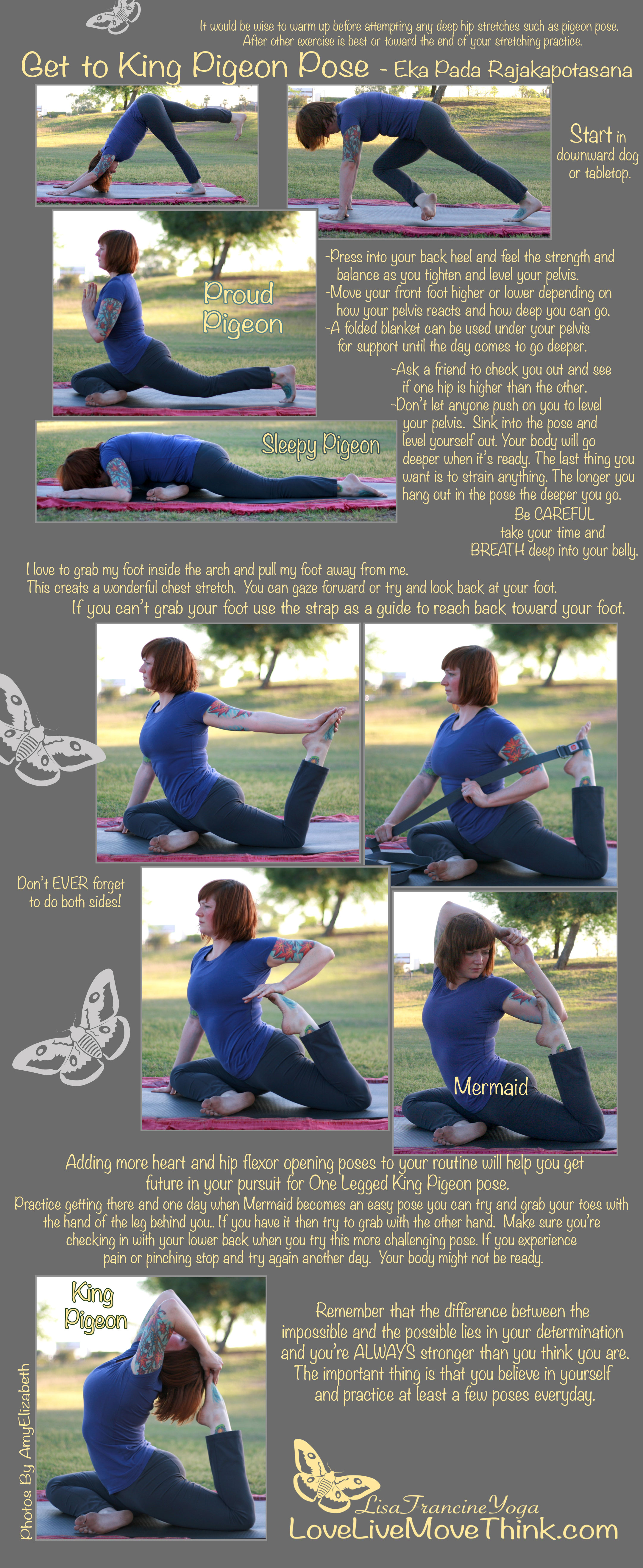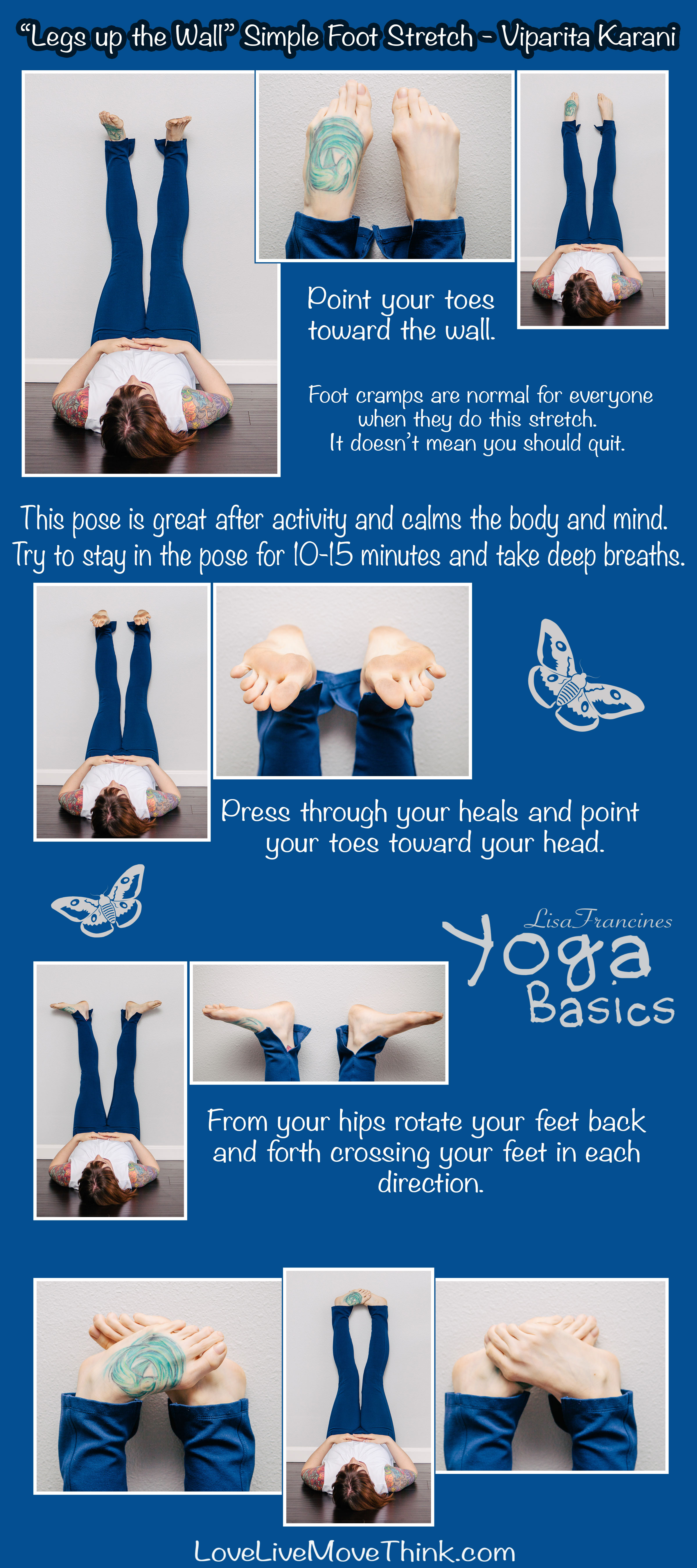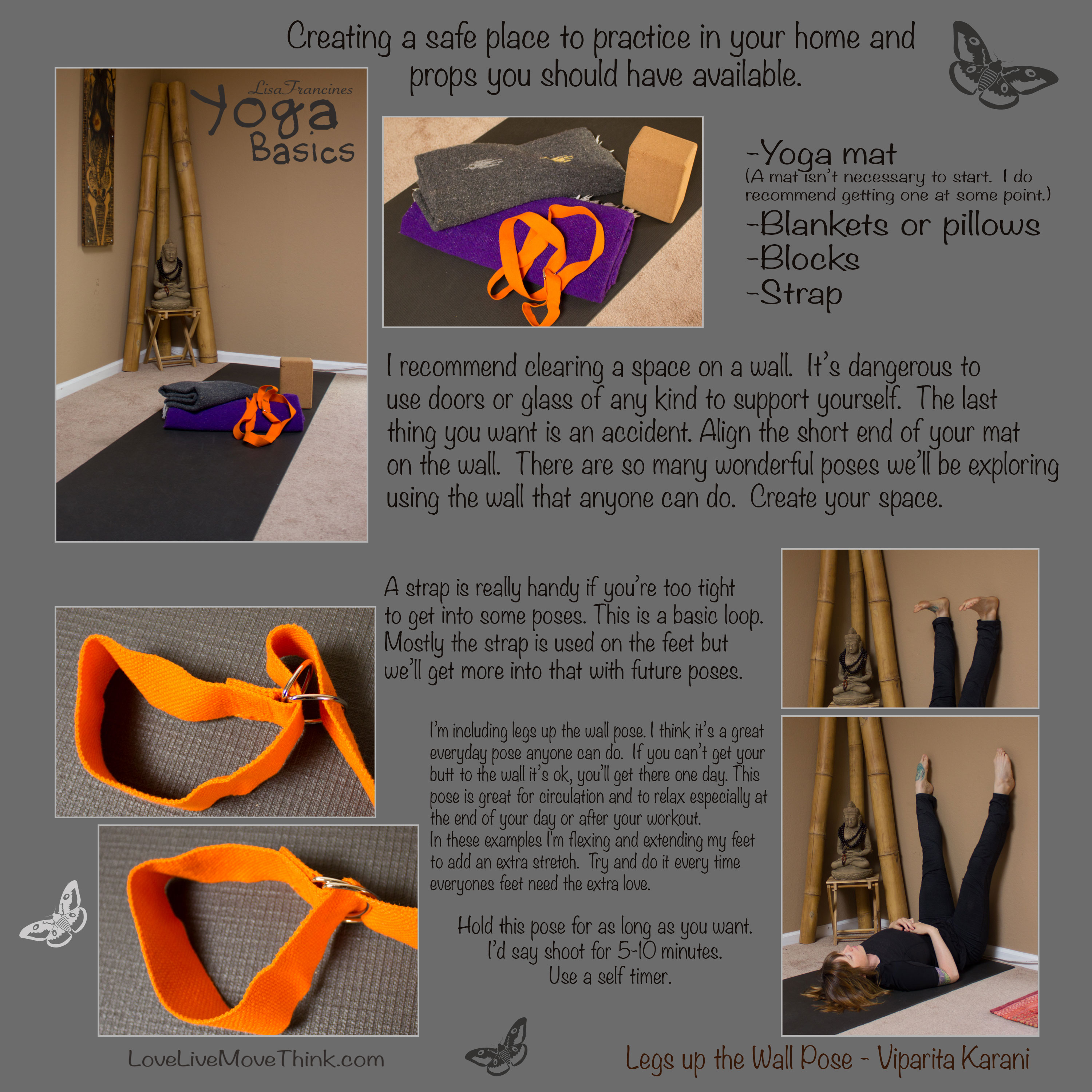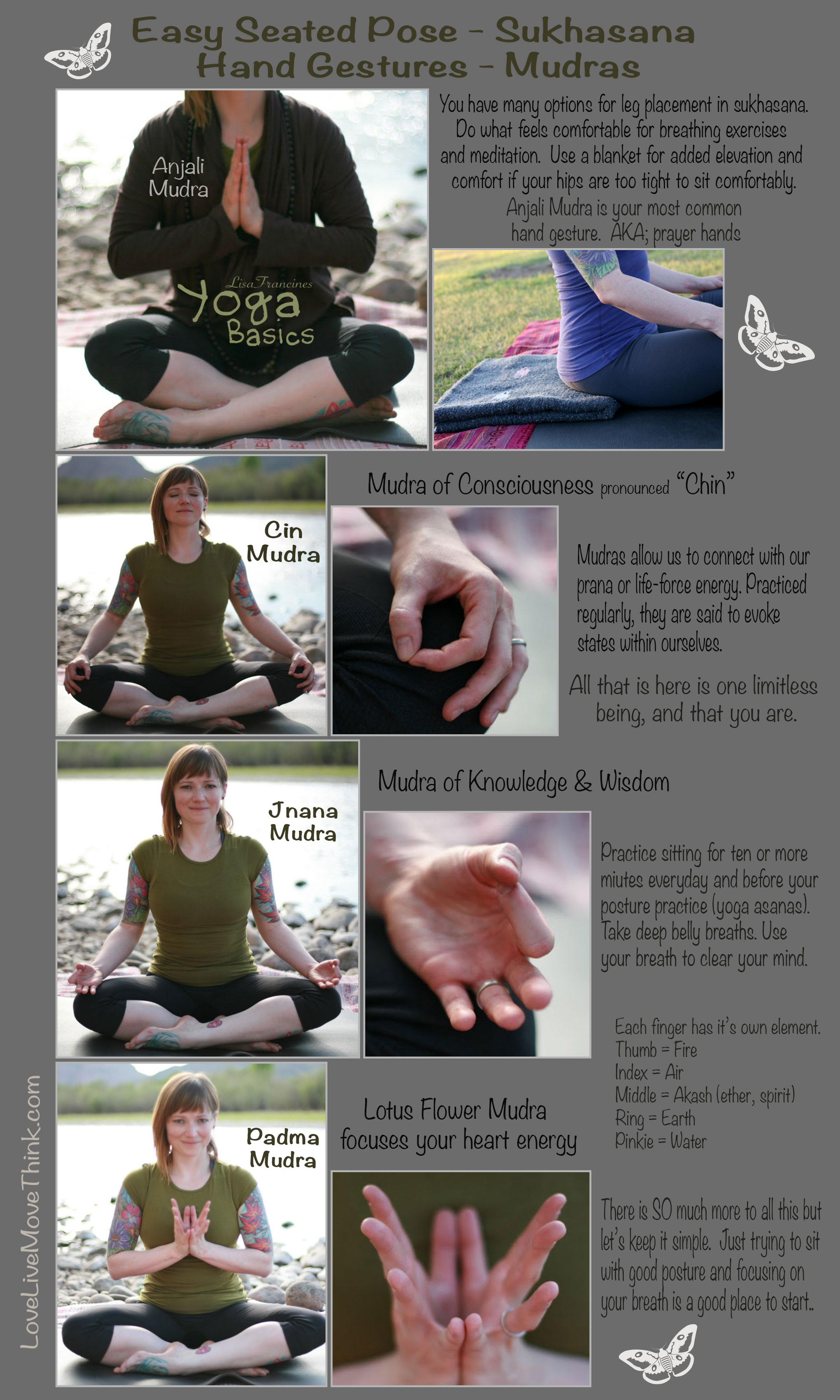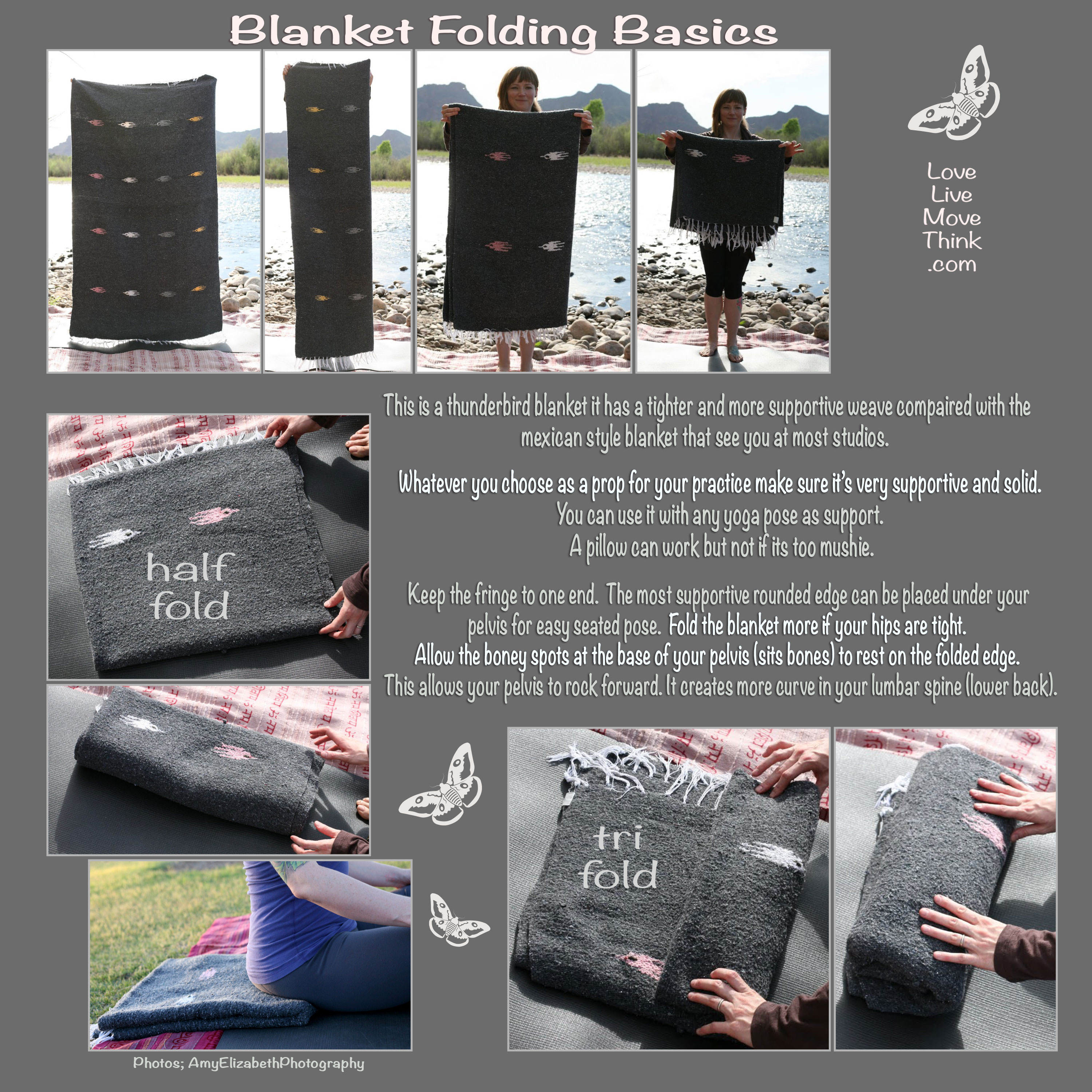Be inspired. Age is only a number. Tai Porchon Lynch is 96 years old. The oldest yoga teacher in the world.
Category Archives: Yoga
Yoga : Aligning to the Source
This is a really great short documentary produced by Indian Diplomacy to help you understand what yoga is and it’s history.
Practice Breathing and Relaxing EveryDAY!
Get to King Pigeon Pose
Legs up the Wall- Simple Foot Stretch
Advanced Toe Stretch Sequence
Creating your practice space and what props you should own.
Easy Seated Pose & Basic Hand Gestures.
Blanket Folding basics
Head to Knee Forward Bend variation – Janu Sirsasana
 As the name implies this pose is traditionally done folding toward your extended leg but we’re going to tweak it. Why? Well when we fold forward at this different angle we get to an area where the inner thigh muscles or adductors meet the medial hamstrings (the muscles on the back side of your thigh). Before I explain anatomy let’s get back to doing the pose.
As the name implies this pose is traditionally done folding toward your extended leg but we’re going to tweak it. Why? Well when we fold forward at this different angle we get to an area where the inner thigh muscles or adductors meet the medial hamstrings (the muscles on the back side of your thigh). Before I explain anatomy let’s get back to doing the pose.
Sit down take one leg out to the side fold the other in. Allow your legs to open up as far as possible. Your heal should be pointing to your groin but should never touch. While you do the pose make sure to actively press though your heals and extend your toes. Take a deep belly breath and as you exhale fold forward directly toward the middle of your legs. (A blanket or pillows maybe useful if this pose if too intense. Just place them in front of you for support as you fold forward.)
As you fold a hip may rise. Use the placement of your hands to find leverage and actively press your hip toward the floor, this will intensify the stretch. You should feel this on the inside (medial) back (posterior) area of your thigh. This area is notorious for being tight because the fascia from the adductors is stabilising while the hamstrings are using tons of energy to move as you stand or do any movement. This area of the body is extremely overused and under loved. Even more reason to do this stretch everyday!
ANATOMY LESSON; There are 4 Hamstrings, 3 of them originate on the boney spots at the base of your pelvis “sit bones” (latin name ischial tuberosity). The 4th originates lower down on the outside (lateral) femur (thigh bone). The 3 hamstrings from the pelvis fork off as they move toward their insertions below the knee inserting onto the bones of the lower leg.
The 2 Hamstrings that start on your sit bones attach below the inside (medial) of the knee on the top of your Tibia (the shin bone). You are really getting these muscles in the above pose.
The 3rd ham and the 4th originating on the femur attach outside (lateral) and below the knee onto the top of the fibula (the smaller bone of the lower lower leg).
What is Fascia? Think of cheese cloth and invision it wrapped all around your muscles holding them in place and binding them with their neighbor muscles, tissues and organs. Fascia is everywhere even your skin has a thin layer. It literally holds everything in your body in place. Fascia can be tight anywhere there is overuse or over contraction of tissue. Yoga and massage are great ways to help the facia move and ultimately help your body function better.
PS; If you hold a stretch for 3 minutes or longer you are really making fascia move. It’s not into moving past it’s happy zone but you have to push it. If an area is really hung up hold the pose longer. Enjoy!
Photos by. amyelizabethbruce




